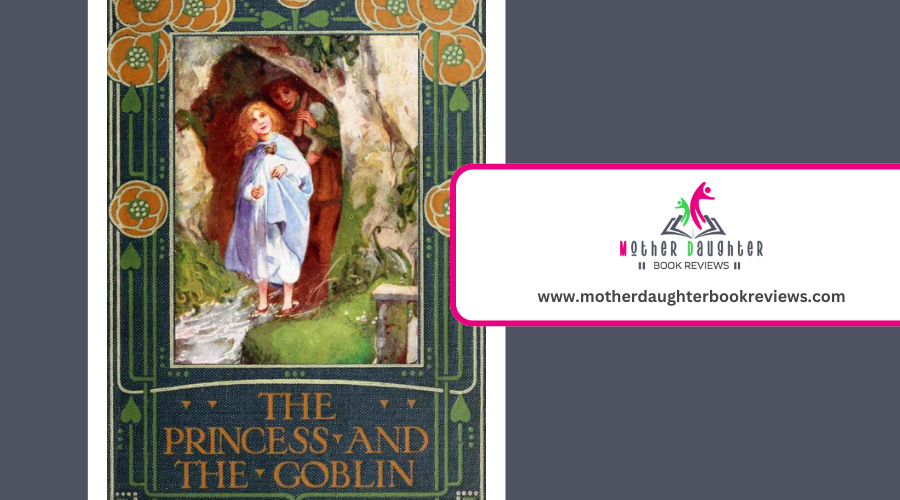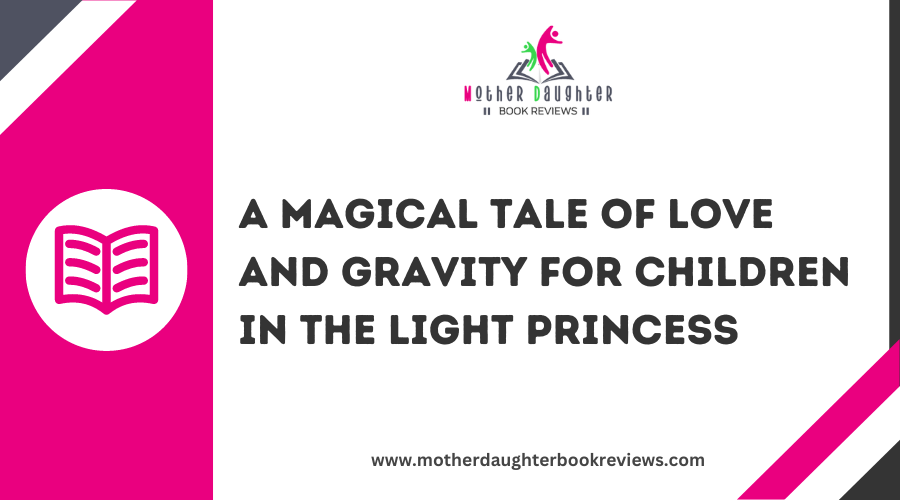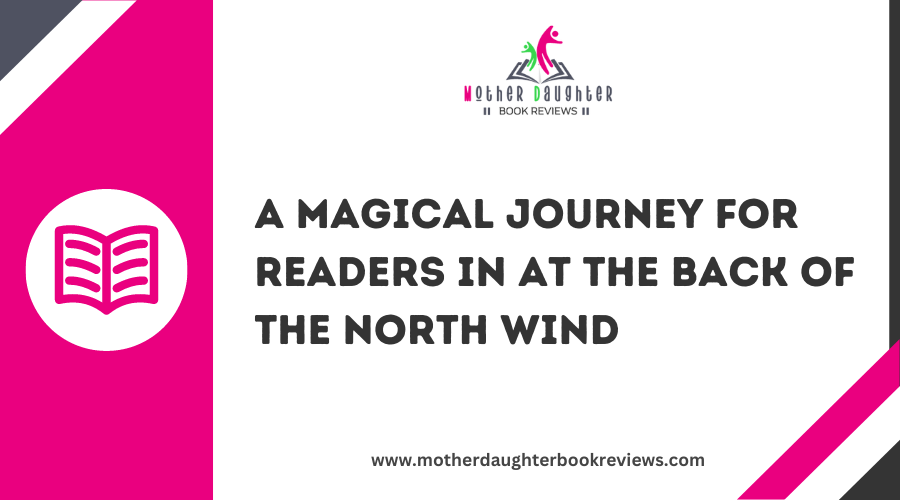The Magical World of Sleeping Beauty
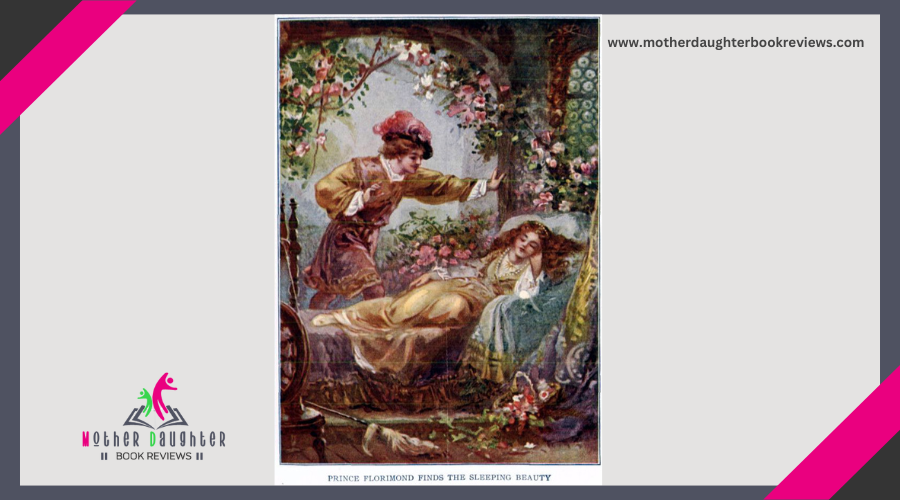
From its 14th-century folklore origins to Charles Perrault's spindle and hundred-year sleep, this story has evolved across cultures. You'll meet Princess Aurora, cursed by Maleficent, and the brave Prince Phillip, whose kiss signifies love's triumph. Themes of fate, good vs. evil, and love's power weave through its narrative.
Origins and History
The tale of Sleeping Beauty, a timeless fairy tale, has its roots in ancient folklore that dates back centuries. You'll find that its earliest versions appeared as far back as the 14th century in oral traditions. The story evolved over time, influenced by diverse cultures and storytellers who added their unique touches.
One of the most significant early versions is "Sun, Moon, and Talia" by Italian poet Giambattista Basile, published in 1634. In Basile's version, the princess, named Talia, falls into a deep sleep, not due to a spindle but from a splinter of flax. Charles Perrault later adapted and refined the story in his 1697 collection "Histoires ou contes du temps passé," giving us many of the elements you recognize today, like the spindle and the hundred-year sleep.
However, it was the Brothers Grimm who cemented the tale's popularity with their 1812 version, "Little Briar Rose." They added darker tones and moral lessons, typical of their storytelling style.
Key Characters
Central to the tale of Sleeping Beauty are its key characters, each playing a vital role in driving the story forward. Initially, there's Princess Aurora, the beautiful and kind-hearted protagonist. You'll find her charm and grace enchanting as she navigates her cursed fate.
Next, there's the malevolent fairy Maleficent, whose vindictive nature sets the entire plot in motion. Her curse on Aurora creates the conflict that propels the story. You'll recognize her for her dark, imposing presence and her powerful magic.
King Stefan and Queen Leah, Aurora's parents, also play significant roles. They're the ones who endeavor to protect their daughter from Maleficent's curse, showing the lengths parents will go for their child's safety.
Don't forget the three good fairies: Flora, Fauna, and Merryweather. These endearing characters provide comic relief, wisdom, and magical assistance. They're the ones who alter the curse and care for Aurora in her hidden life.
Lastly, there's Prince Phillip, who embodies bravery and love. His daring quest to rescue Aurora highlights the theme of true love's triumph over evil. Each character adds depth and richness to this timeless fairy tale.
Main Plot Points
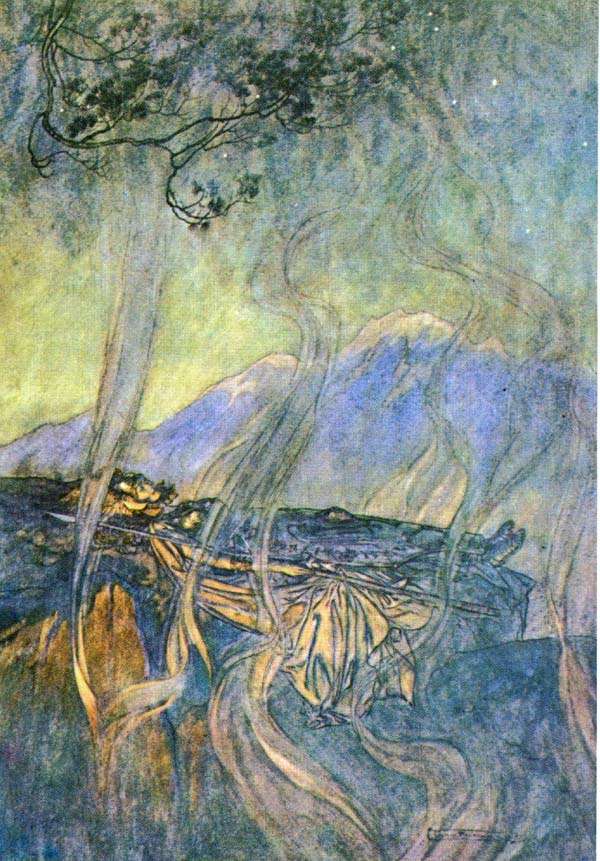
The tale begins with the birth of Princess Aurora. Celebrations are cut short when Maleficent, a vengeful fairy not invited to the event, curses the princess to die by pricking her finger on a spindle before her sixteenth birthday.
The good fairy Merryweather softens the curse. Instead of death, Aurora will fall into a deep sleep, only to be awakened by true love's kiss. To protect her, the king and queen send Aurora to live with the three good fairies in a secluded cottage.
As Aurora grows up, she meets Prince Phillip in the forest and they instantly fall in love, unaware of each other's true identities. On her sixteenth birthday, Aurora returns to the castle and, lured by Maleficent's magic, pricks her finger on a spindle, falling into a deep sleep.
Prince Phillip, captured by Maleficent, escapes with the fairies' help. He battles Maleficent, who transforms into a dragon, and ultimately defeats her. Phillip kisses Aurora, breaking the curse, and they live happily ever after.
Themes and Symbolism
In "Sleeping Beauty," themes of love, fate, and good versus evil dominate the narrative, offering rich layers of symbolism. You'll notice that true love's kiss isn't just a romantic element but symbolizes the ultimate power of love to conquer all obstacles, including curses and time itself. Fate plays an essential role, as the prophecy about Aurora's pricked finger sets the story in motion, highlighting the inevitability of destiny and how characters respond to it.
Good versus evil is starkly portrayed through the characters. Maleficent represents malevolent forces, embodying pure evil and the chaos it brings. In contrast, the three good fairies symbolize protection, kindness, and the struggle to maintain harmony. The battle between these forces underscores the perpetual conflict between light and darkness, emphasizing that good ultimately triumphs.
Symbolism is also present in the imagery: the spinning wheel represents fate and the unavoidable twists of life, while the enchanted sleep symbolizes a period of transformation and renewal.
Modern Retellings
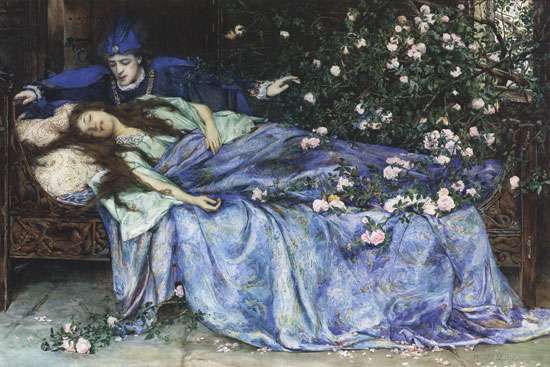
Modern retellings of "Sleeping Beauty" breathe new life into the timeless tale by reimagining its characters, settings, and themes to resonate with contemporary audiences. You might find versions where the princess isn't just a passive figure waiting for rescue. In some modern adaptations, she's a warrior or a skilled leader, taking charge of her destiny. This shift not only empowers the character but also aligns with today's values of strength and independence.
Settings also undergo transformation. Instead of the traditional medieval castle, you might encounter futuristic landscapes or even urban environments. The enchanted sleep could be a metaphor for something more relatable, like overcoming personal struggles or societal challenges. These changes make the story more relevant and engaging.
Themes in modern retellings often focus on overcoming adversity, the importance of self-discovery, and the power of love in its diverse forms—romantic, familial, or even self-love. By tweaking these elements, authors and filmmakers guarantee that "Sleeping Beauty" remains an enchanting tale for new generations.

